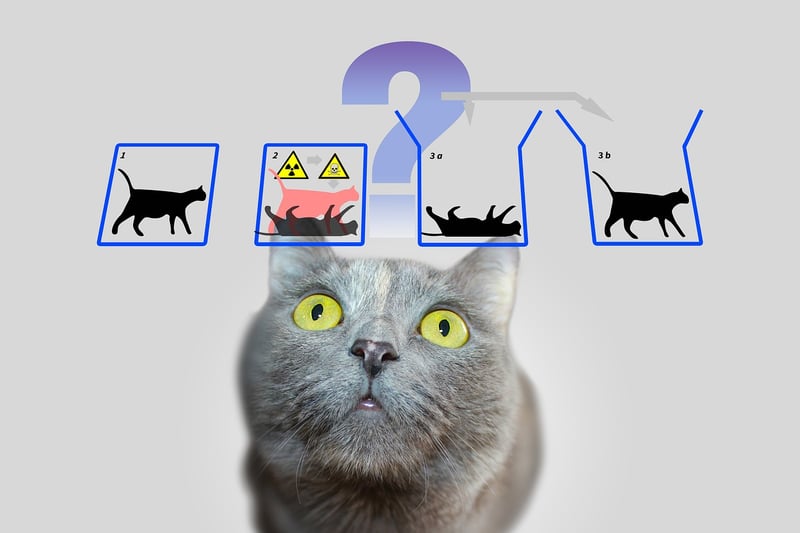Grandfather Paradox
The Grandfather Paradox and Time Complexities
Time travel has been a fascinating subject in science fiction, often leading to intriguing paradoxes like the Grandfather Paradox. Let's dive into this mind-bending concept and also explore the basics of time complexities in computer science.
The Grandfather Paradox
The Grandfather Paradox is a hypothetical situation where a time traveler goes back in time and prevents their grandfather from meeting their grandmother, thus preventing the time traveler's own birth. This paradox raises questions about causality and the possibility of altering the past.

Time Complexities in Computer Science
In computer science, time complexities are used to analyze the efficiency of algorithms. The time complexity of an algorithm quantifies the amount of time it takes to run as a function of the length of the input. Common notations used to describe time complexity include O(1), O(n), O(log n), O(n^2), etc.
Examples of Time Complexities:
- O(1) - Constant Time Complexity
- O(n) - Linear Time Complexity
- O(log n) - Logarithmic Time Complexity
- O(n^2) - Quadratic Time Complexity
Understanding time complexities is crucial for designing efficient algorithms and optimizing code performance in various software applications.

Wrapping Up
Time complexities in computer science offer a systematic way to evaluate algorithm performance, while the Grandfather Paradox sparks philosophical debates about the nature of time and causality. Both concepts invite us to explore the boundaries of what we know and challenge our understanding of the universe.
Whether you're delving into algorithm analysis or contemplating the implications of time travel paradoxes, these topics open up a world of thought-provoking exploration.
